garrie maguire
art practice // inquires into masculinity
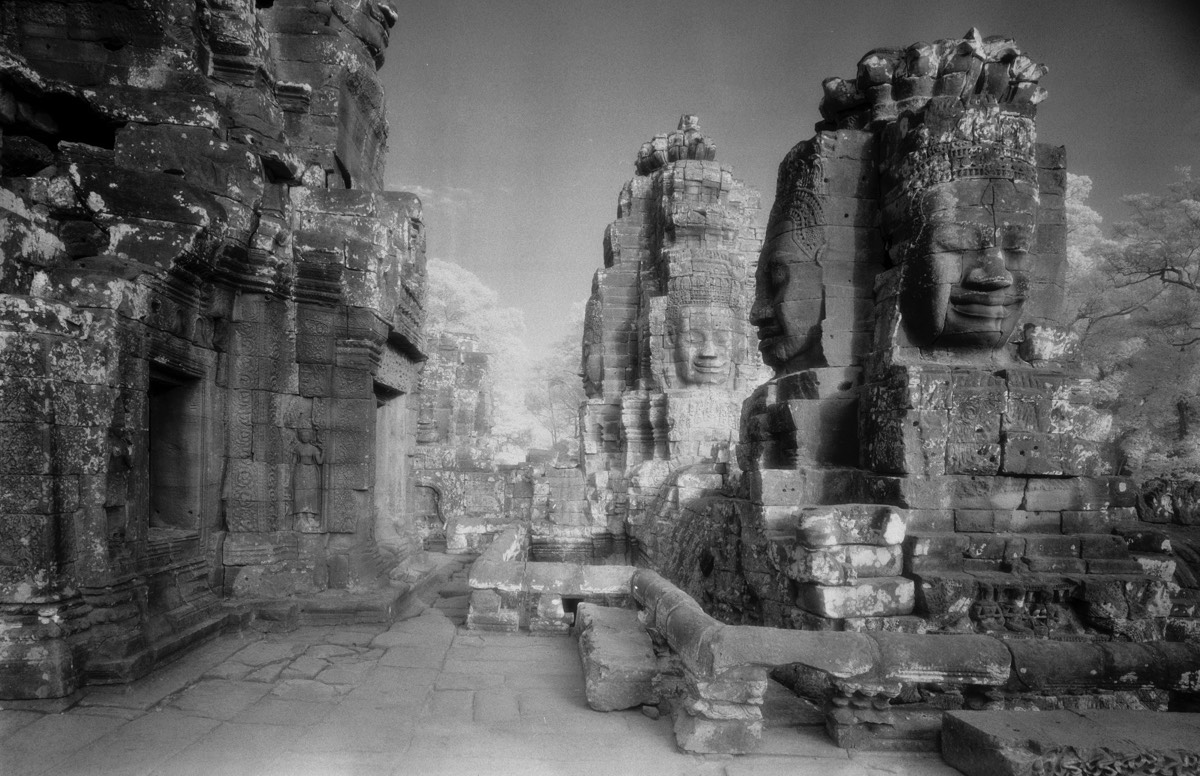
SHADOWS of ANGKOR (1999-2003)
The ascendancy of the Khmer people began in the 7th and 8th century (CE) as their kingdoms across the plains of the Tonle Sap and Mekong rivers consolidated. The great lake of Tonle Sap provided the heart of the agrarian power and capital. The capital at Angkor established in 900 CE, at its pinnacle during the reign of Jayavarman VII (1183-1218), was arguably the most opulent and powerful in South East Asian history. The Khmer Empire reached from the palaces and temples of Angkor along its highways through Thailand reaching as far as Burma, Laos, Vietnam and the Malay peninsula.
Jayavarman VII executed the most ambitious building program of monumental structures, but in the wake of his reign, the Khmer Empire underwent a rapid decline. Undoubtedly a combination of many factors, the shift in economic power to maritime traders, and increased insurgencies by the armies of Thailand and Vietnam eroded the wealth of the Khmer court. A shift in religious emphasis to Buddhism also favoured less monumental architecture; the great Khmer buildings were no longer built; the capital moved from Angkor to present day Phnom Penh.
The European "discovery" of Angkor in the mid 19th century romanticised the abandoned buildings and giant sculptures attributing them to a lost civilisation. Refusing to acknowledge the cultural hertiage of modern Cambodian people, the "forgotten" city is even attributed by westerners to alien extra-terrestrials. This monument of a lost civilisation is almost intact, though there is no trace of the empire builders who conceived it. Angkor lies to the north, a league or two outside the fringe of the populous cultivated zone. A few yellow robed priests dream away their life in the ruins. Otherwise the temple is deserted save at the time of the annual festival when the Cambodians carry offerings to their dead. (Edmond Candler, 1920)
Though out the 20th century, the tragedy of Indochine, the American war, Khmer Rouge and civil war have devastated what remained of this once proud heritage. Simultaneously listed as World Heritage and Endangered, the Angkor monuments are faced with 21st century destruction by illegal trade in antiquities and a burgeoning and perhaps desperate tourism market.Shadows of Angkor captures the magnificent art and architecture of the Khmer to raise awareness of this special heritage and to support its preservation through donations from photographic sales to the World Monument Fund.
Infra-red photography - from out of the shadows
Light waves that vibrate a little faster than the colour red are just beyond what our eyes can see. The absorption of infra-red light is particularly different in stone compared to living objects. Using special emulsions, infra-red film extends our vision and captures images with a unique clarity. Details emerge from the shadows; the forest canopy recedes from the stone work, giving up its hidden splendour.
Infra-red film is highly sensitive to heat, so using this technique in the tropics is one of the most challenging of photographic assignments. Handling of the film is difficult through every stage of the photographic process and it is subject to idiosyncratic reactions during the development phase. Principally used for aerial surveillance, infra-red penetrates darkened forests for signs of human activities. There is perhaps no subject more worthy of infra-red photography than the temples and carvings of the Khmer people whose monuments have been reclaimed by tropical vegetation.
All the work in this exhibition has been produced with infra-red film in small (35mm), medium (70mm) and large formats (4"x5"). This unique collection of photographs rediscovers the lost mystique of a heritage lost in the shadows of history.
Khmer heritage of ThailandEtienne Aymonier a late eighteenth century French scholar guides our study of the Khmer."Every work on Cambodia and its monuments must include the study of the country and people of Siam in order to be complete; the two nations being intimately linked by geography and history as well as by their civilisation and their religion. For several centuries Cambodia let its yoke weigh on the Siamese and when its ancient power crumbled, it left indelible traces of this long domination in its language and political institutions."
Thailand has successfully restored many of the grand Khmer monuments that are scattered though its north east provinces. Phimai was a major city and an ancient destination along the royal road from Angkor, passing the mountain top temple of Phnom Rung and the lotus ponds of Muang Tam. Crossing the Dongrak mountains, a string of temples are still being preserved at Ta Muen. Preah Vihear on a precipitous cliff sits right at the Thai-Cambodia border is one of the most inspirational Khmer sites, bridging the spiritual journey from earth to the heavens.
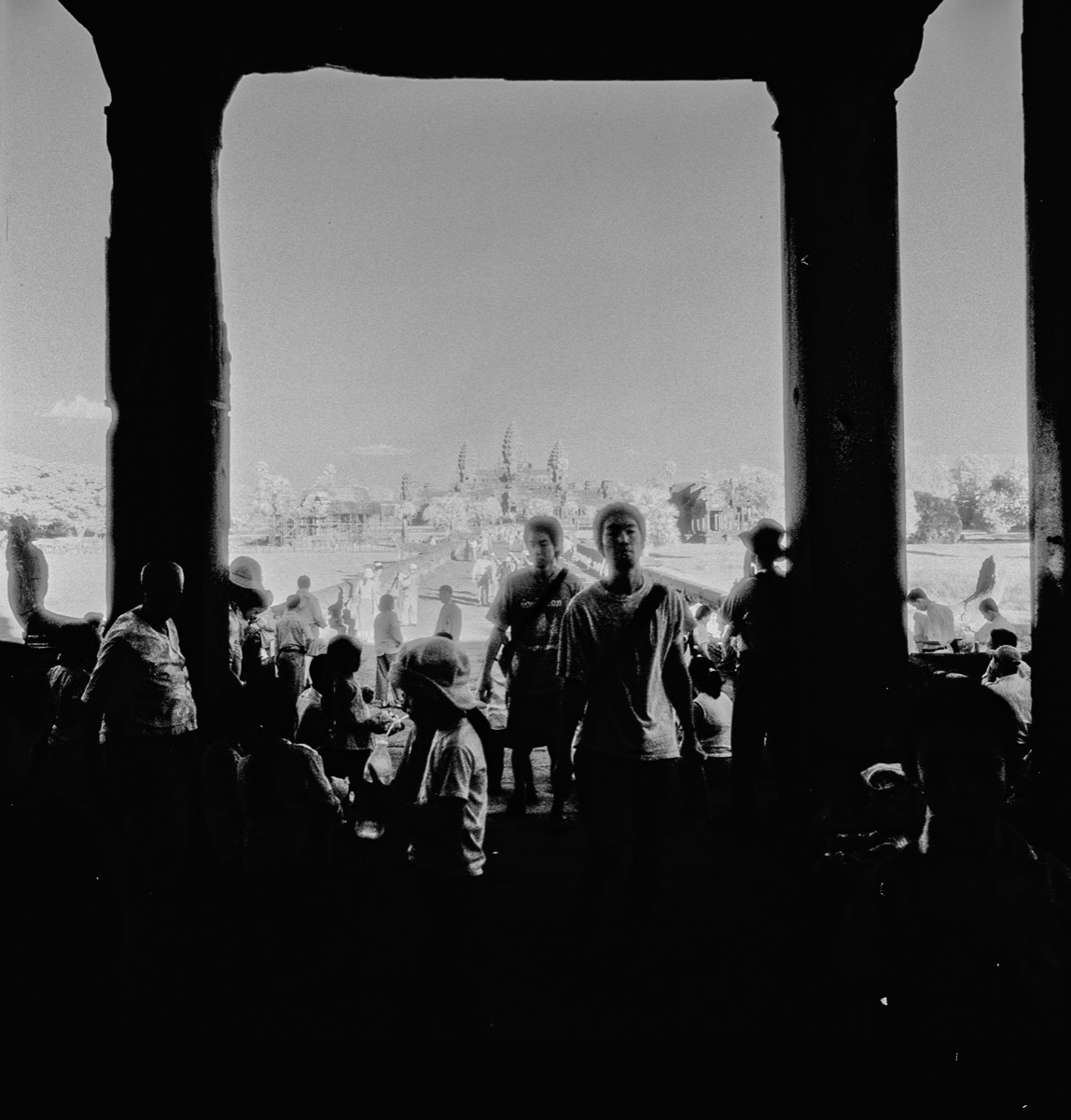
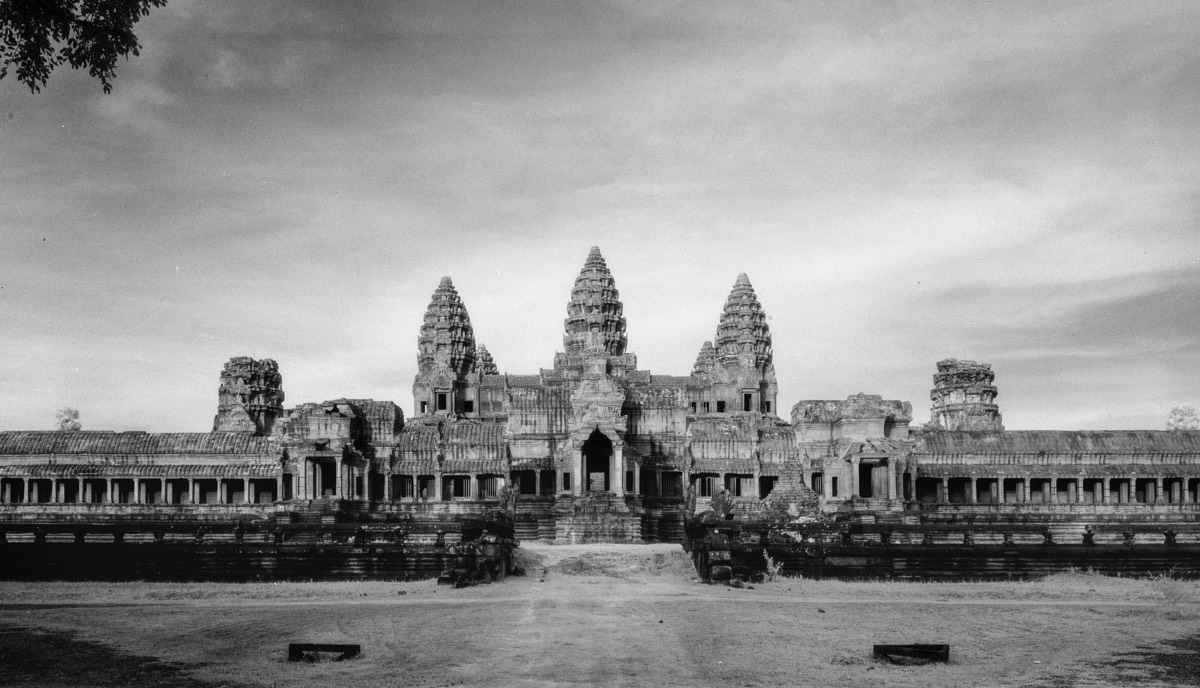
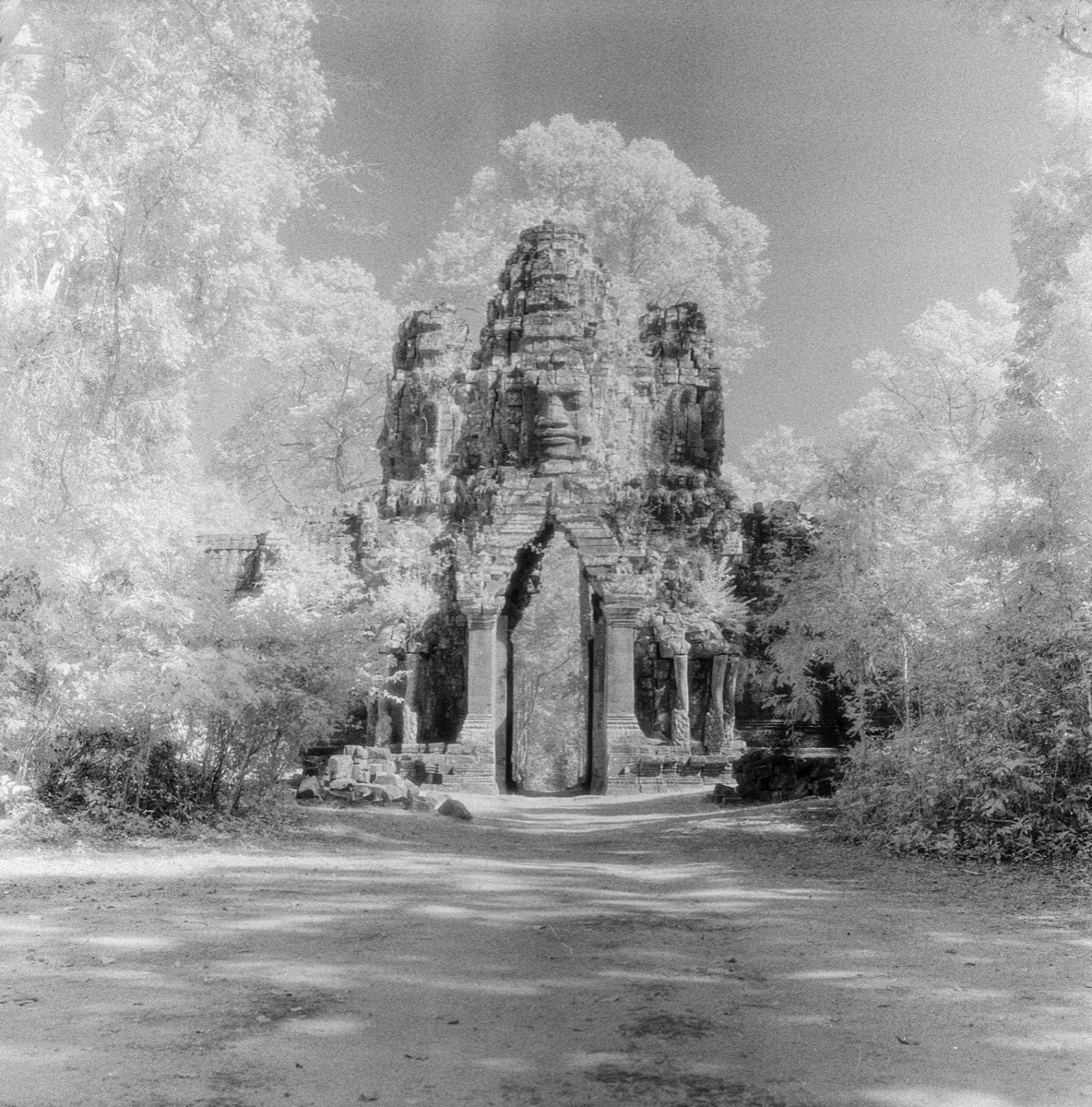
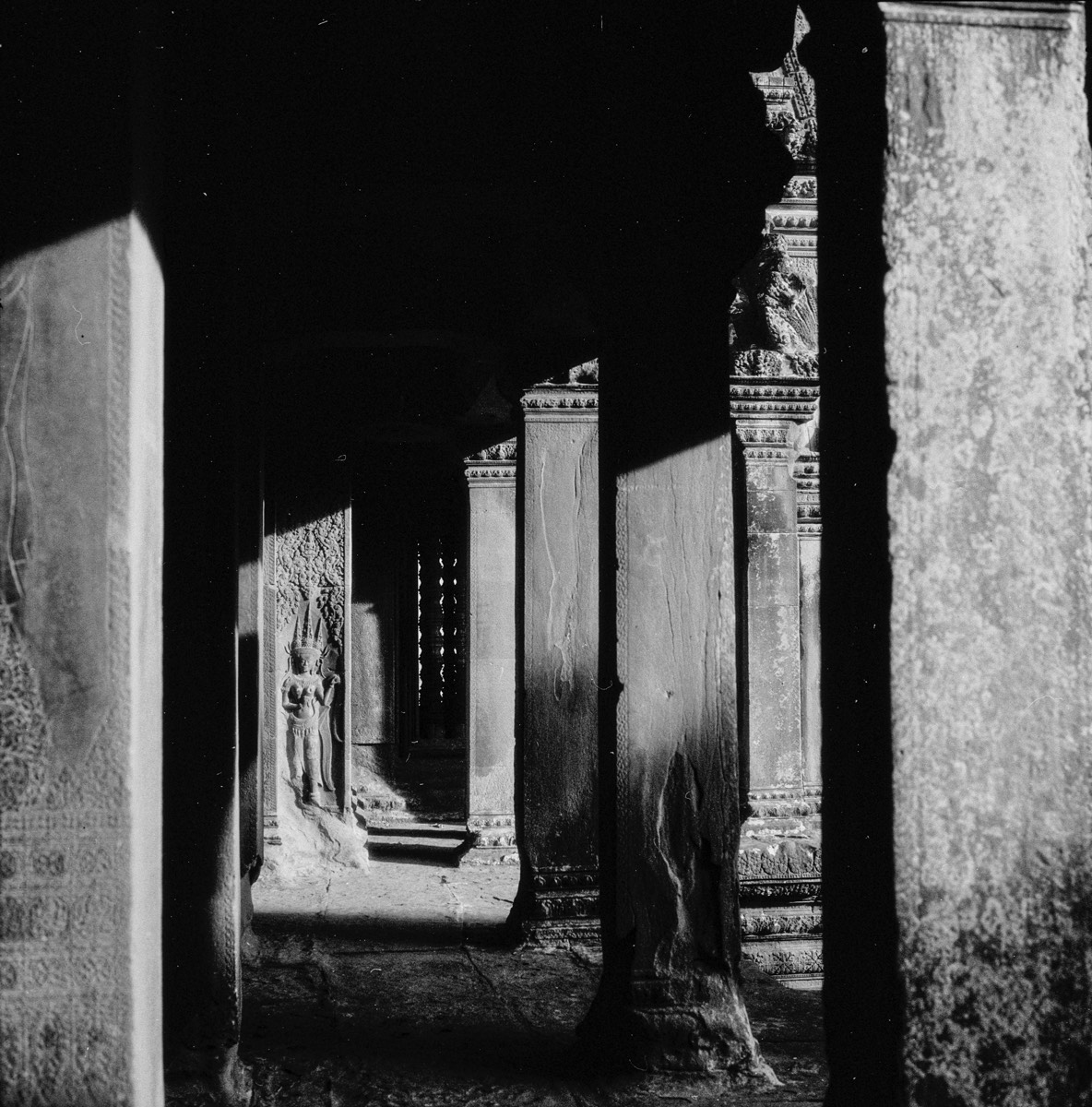
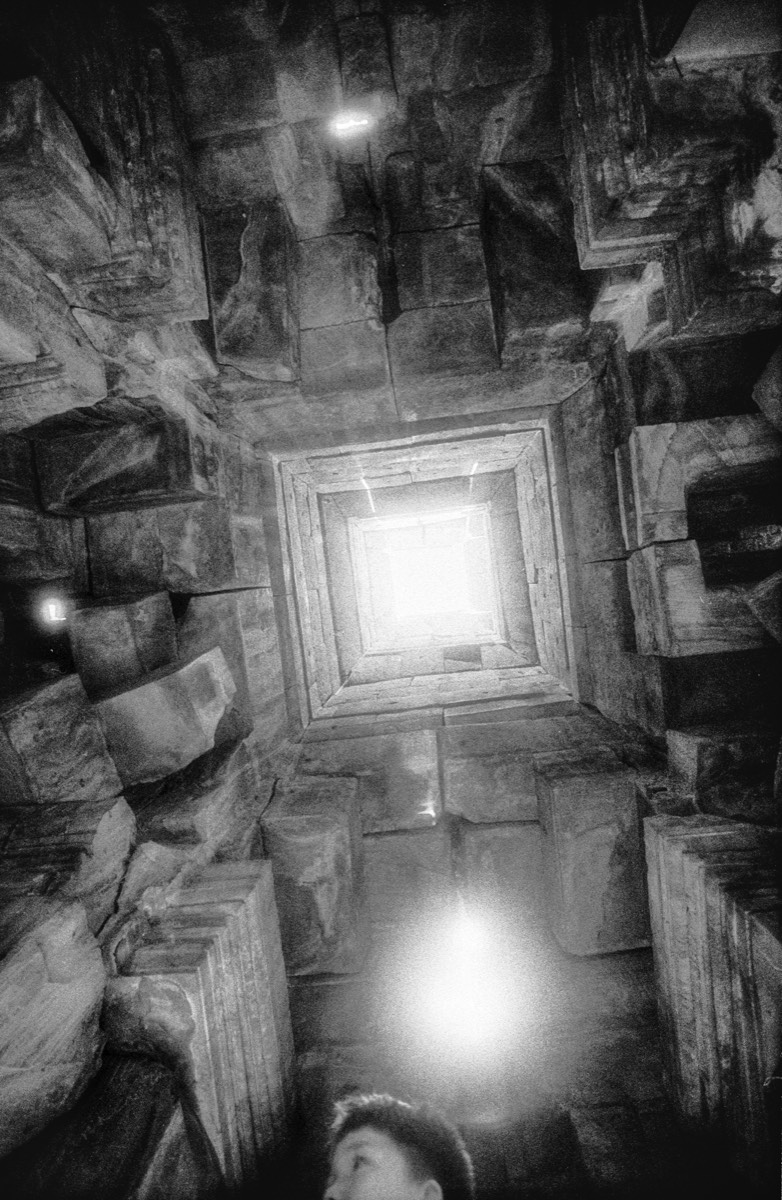

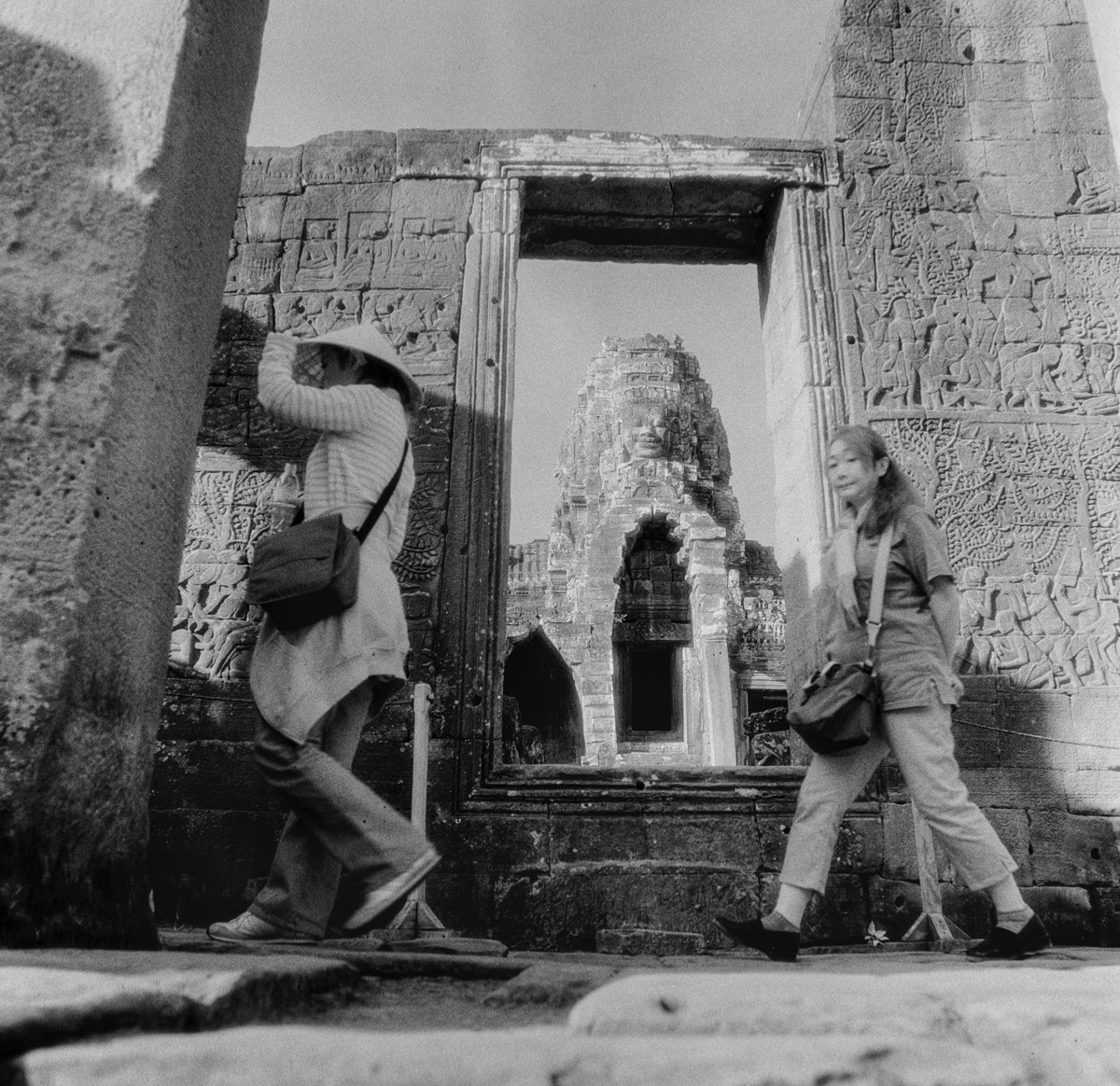
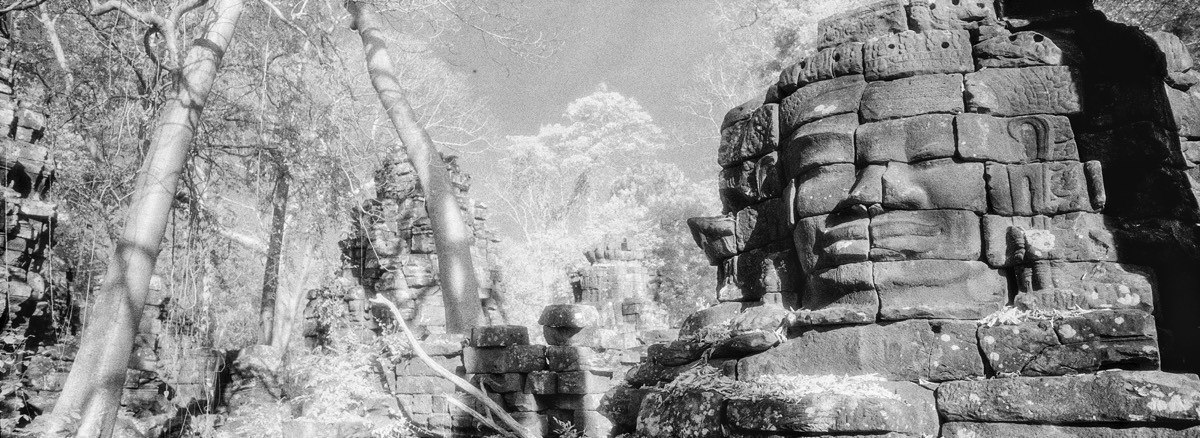

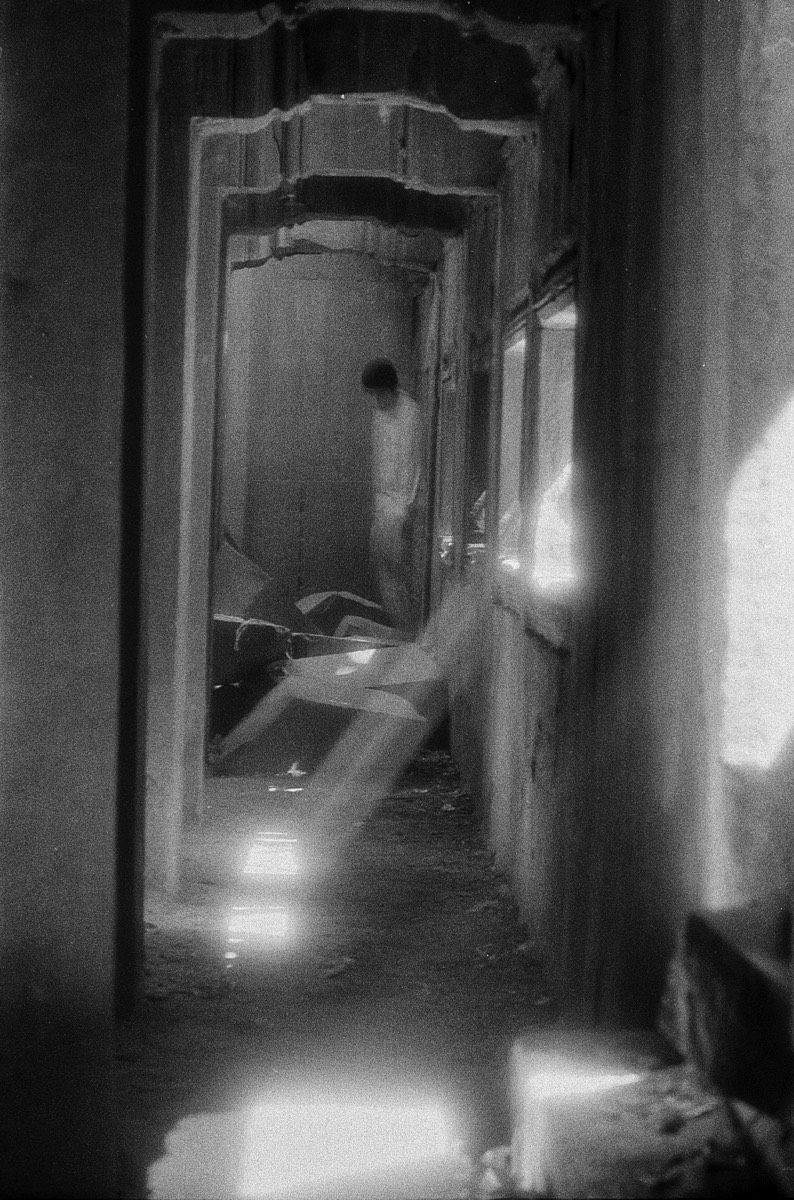

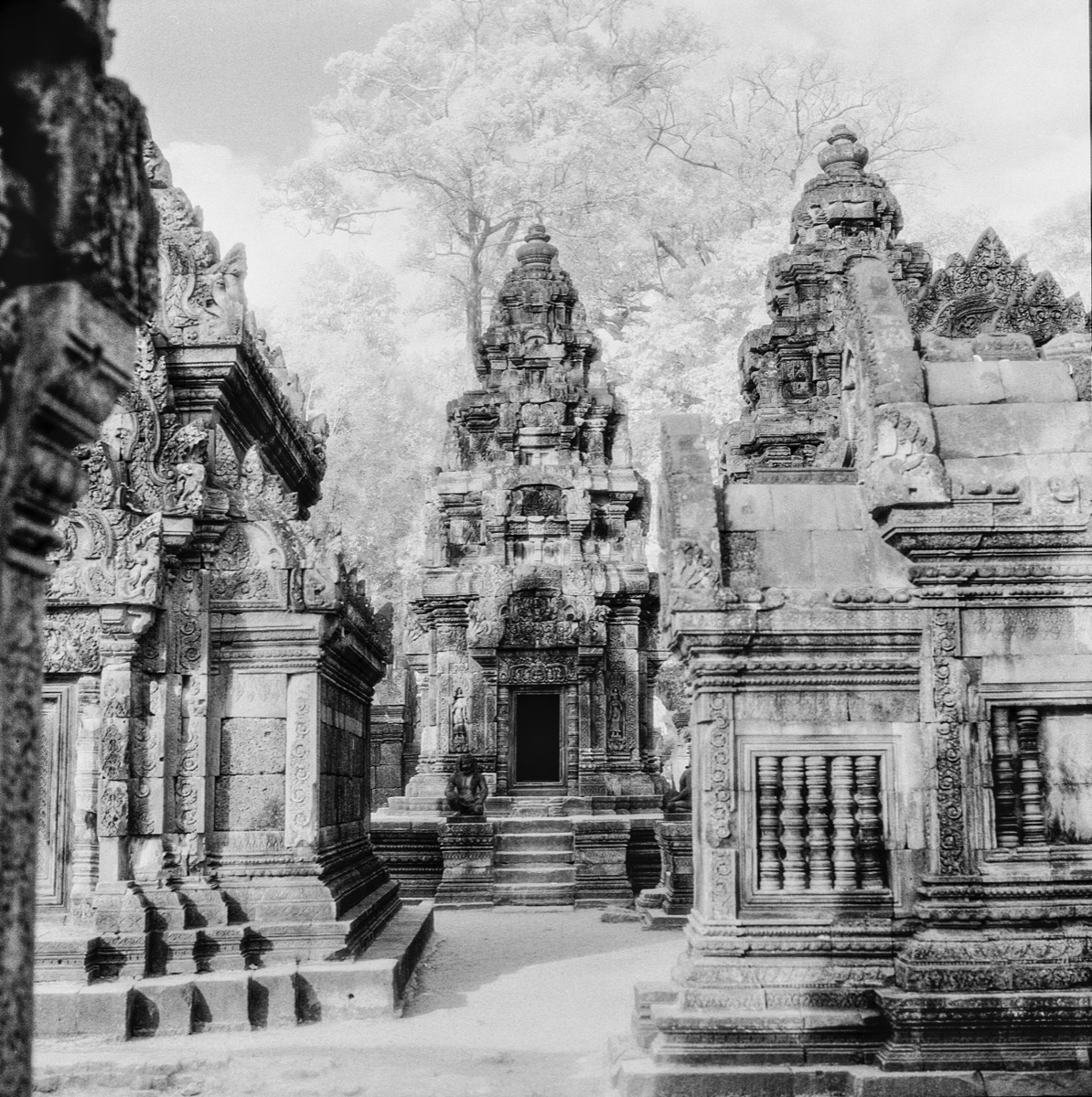
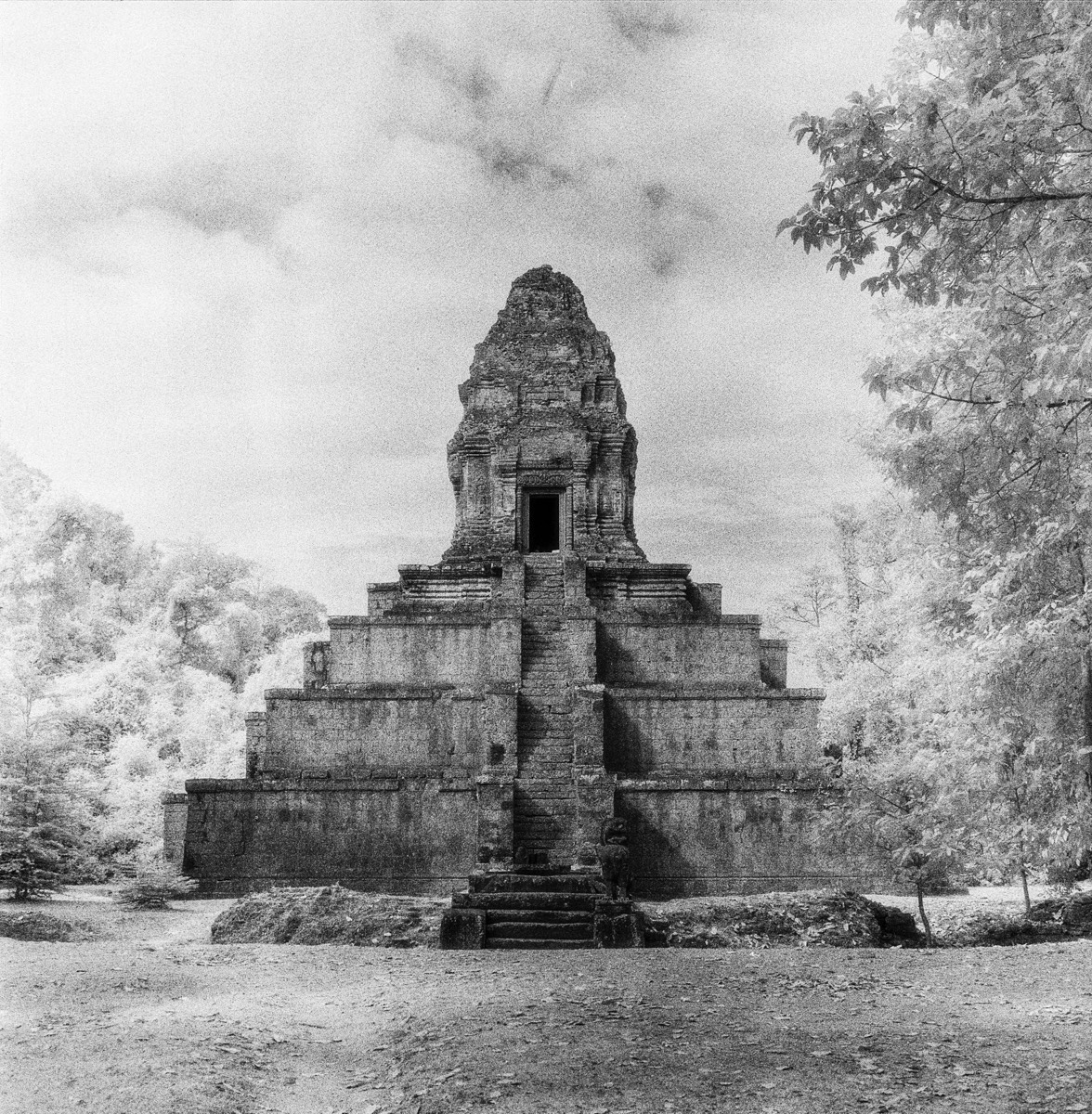
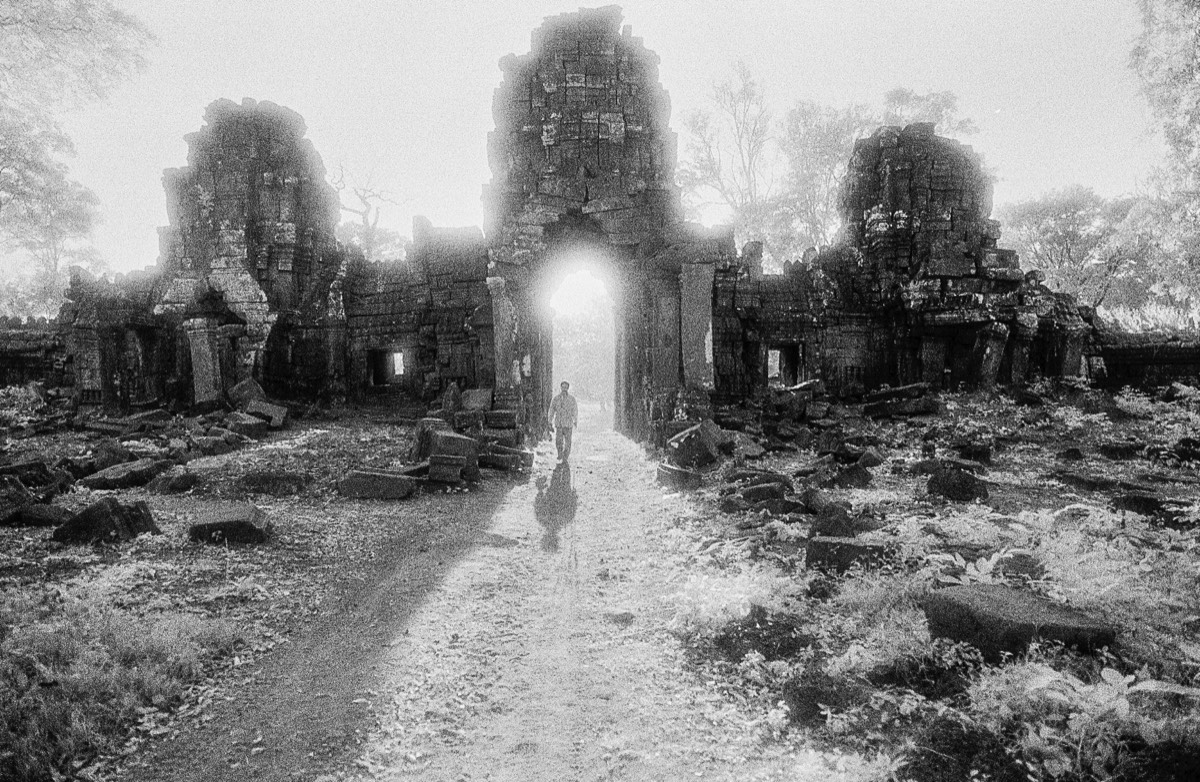

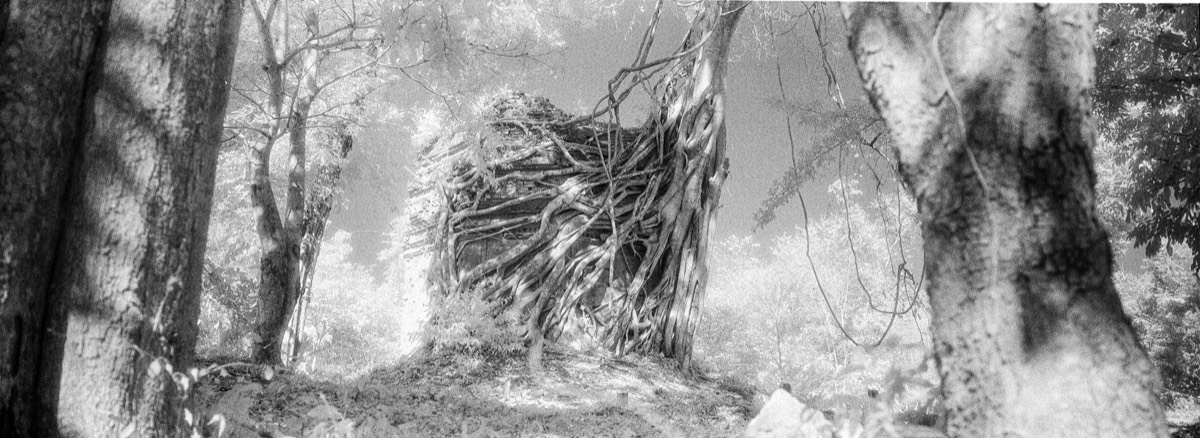
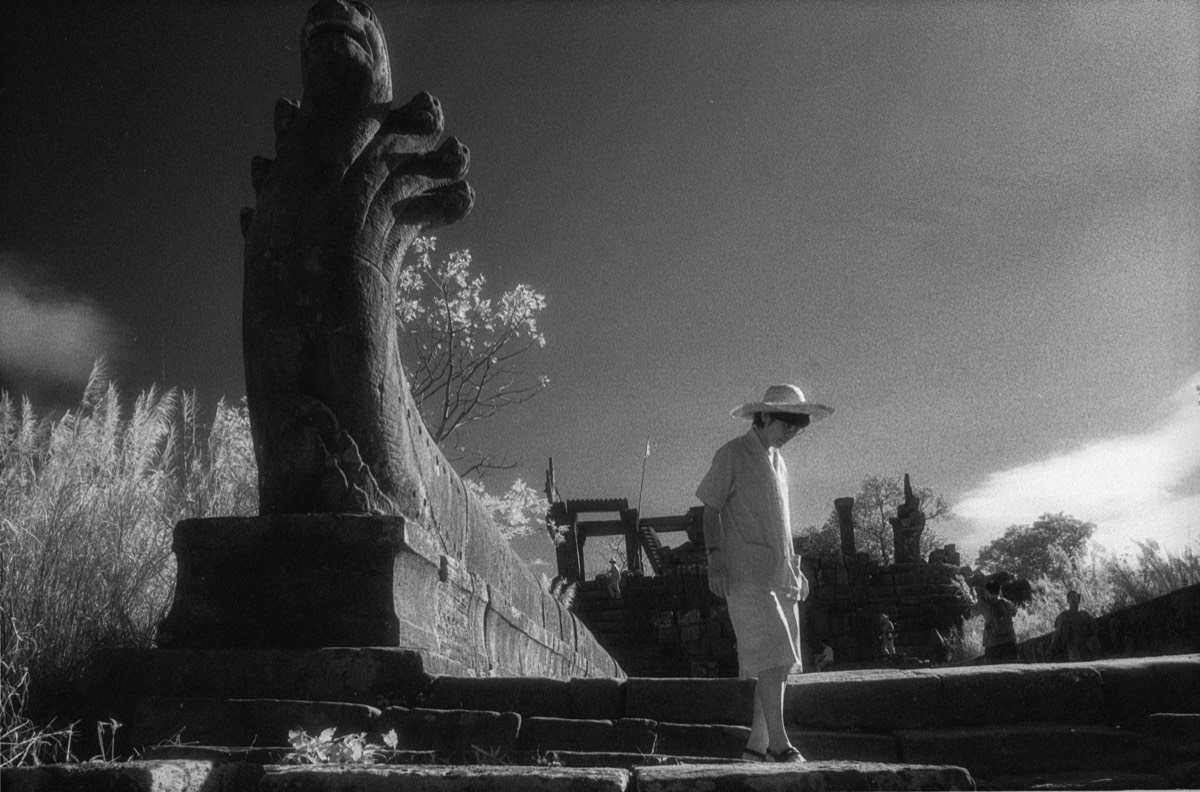
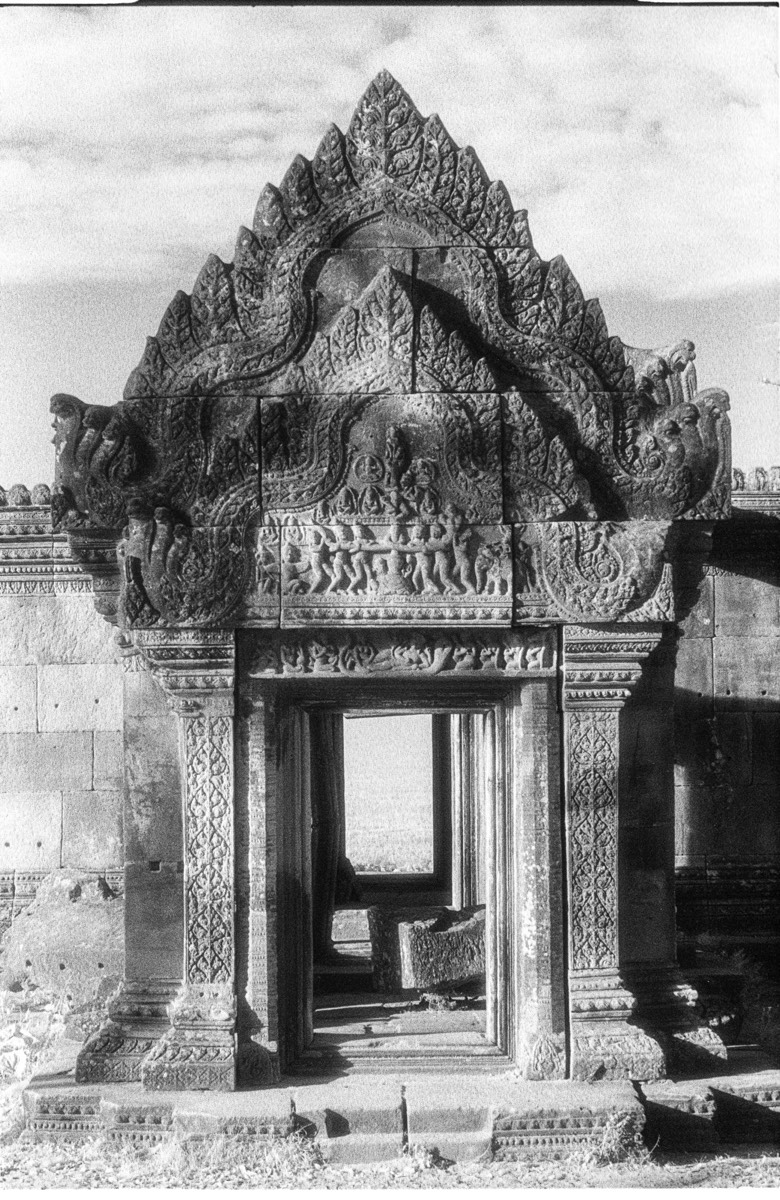
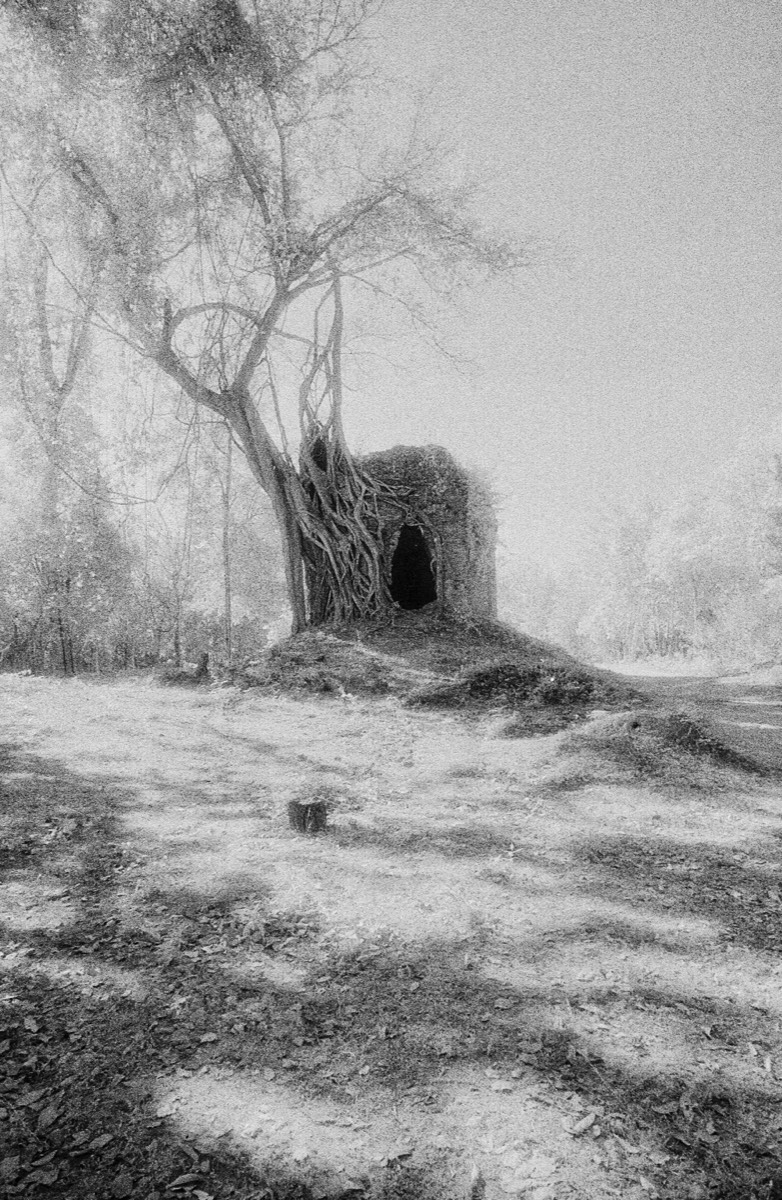
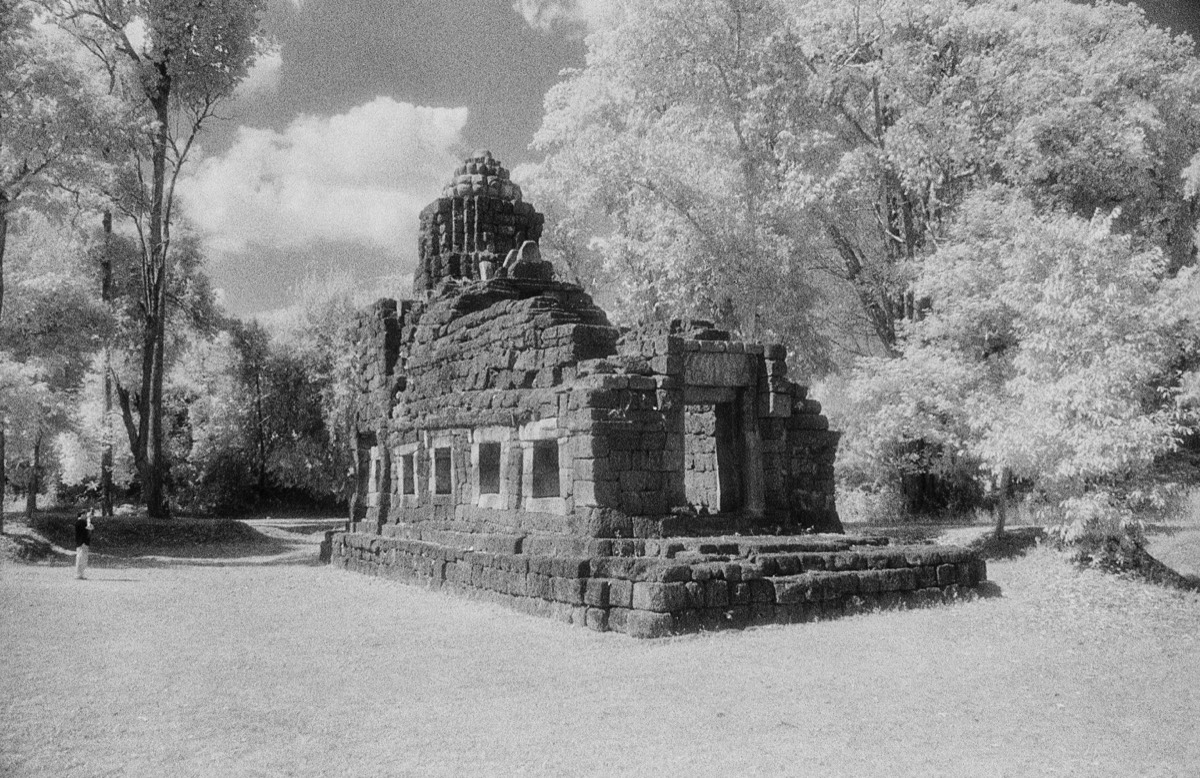
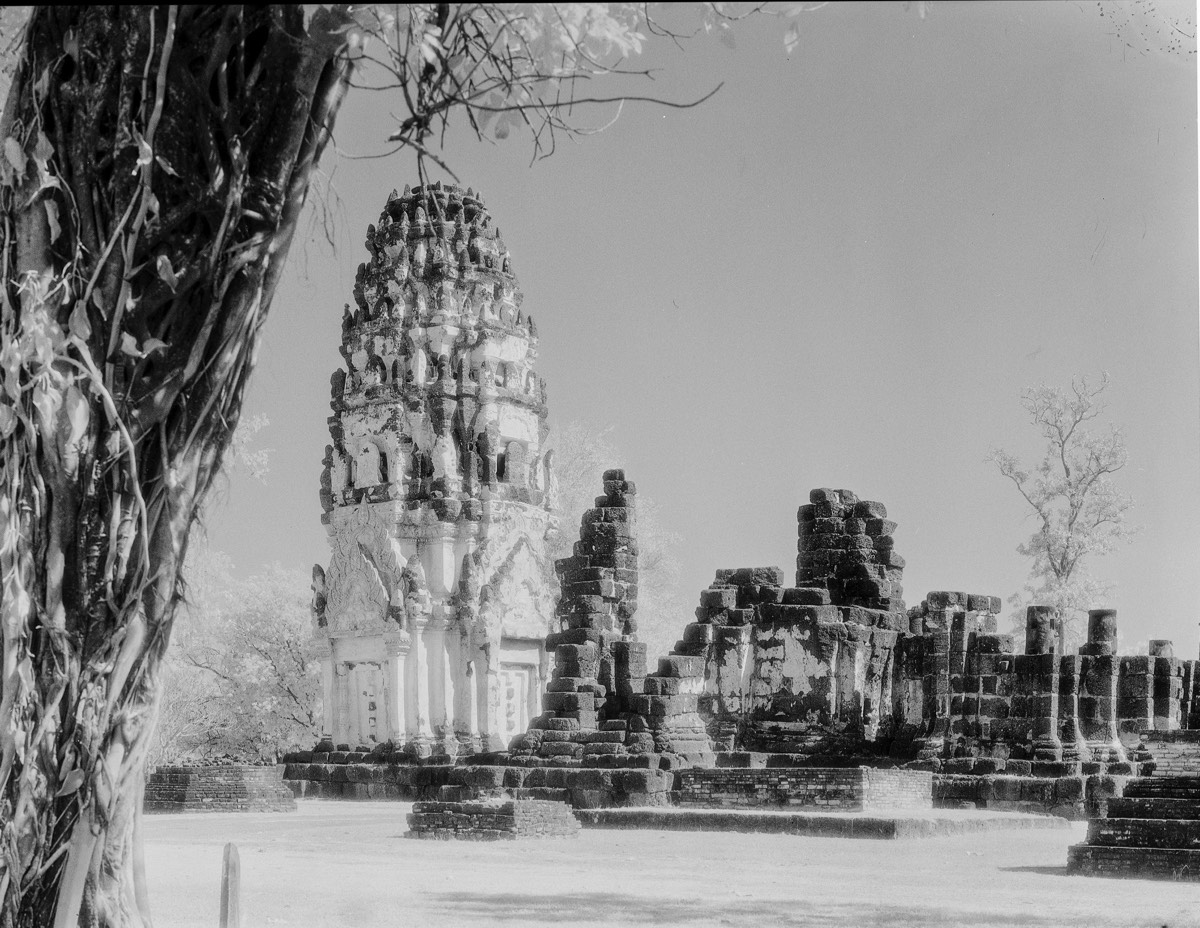
Exhibition History
This project was exhibited at Global Gallery, Sydney opening on September 11, 2001. It was reconfigured for exhibition in Liverpool Library. An individual print was shown in the ACMP collection and its gallery tour. The same print was part of the 4A Gallery members show.
